It’s safe to say that the Volkswagen Tiguan has not been a run-away sales success in the U.S. In March 2015, VW moved 2,300 Tiguans, down 0.6 percent over March 2014. Through March, sales of the compact crossover have take an 8.5 percent downturn to 5,592 units compared to the same timeframe last year. What’s holding it back?
To summarize, the Tiguan has a relatively high entry price of $25,995 for the base S model. It also lacks powertrain options like an engine below the potent 2.0-liter turbo-charged I4. And it simply doesn’t stack up against its rivals in terms of size or performance. All in all, the Tiguan has had a relatively a lukewarm reception at a time when CUVs, especially those in the compact segment, are selling faster than skinny jeans at Hot Topic.
But VW has no intention on keeping the disappointing results into the future. So, in order to right the ship, the company has announced several changes for the Tiger-Iguana Tiguan. First up, the next-generation Tiguan will be based on VW’s corporate MQB platform, which started life in the Golf Mk7. Next up, the next-gen Tiguan will be longer than the outgoing model in order to accommodate a new third-row seating option. We expect that in the U.S, it will be available in both two- and three-row seating configurations.
Lastly, the next-gen Tiguan will be produced within the NAFTA region. Specifically, at VW’s massive plant in Puebla, Mexico. The company says it will invest $1 billion dollars to update and modernize the facility and will add another 90,000 square feet to the plant to make more room for the new lines. VW plans to produce 500 Tiguans with the third row every day, which will then be shipped to North and South America and other markets around the globe, excluding China and the European Union, as the Tiguan will be built locally in these markets.
All in all, the VW group hopes to stay competitive by keeping production local. By comparison, the current-, first-generation Tiguan was imported from Europe, which limited VW’s pricing flexibility.
“Localization has become key to safeguarding our competitive position on the global market and manufacturing the Tiguan in Mexico will bring production closer to the U.S.-market”, says Michael Horn, president and CEO of Volkswagen Group of America. “It is another proof point that Volkswagen is committed to further growth in the U.S. and North American markets. With production of the Golf A7 and the Tiguan now moved to Puebla, we will build approximately 90 percent of our products in the NAFTA region.”
We expect the next-gen Tiguan to reach the market sometime in 2016 as a 2017 model year vehicle. With a new third-row, midsize SUV on the way, North American crossover enthusiasts will soon have a lot more choices from VW in the SUV department. And that will be a good thing for all.

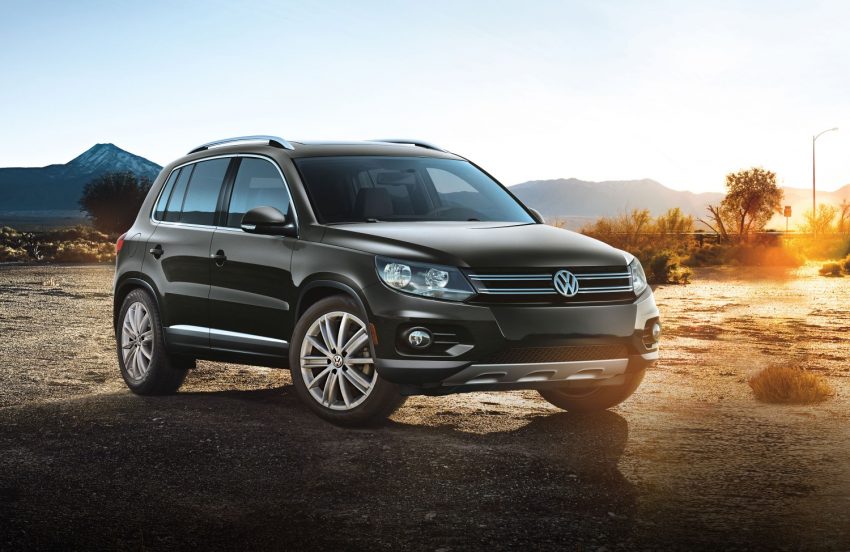
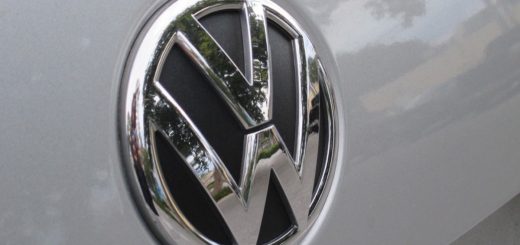
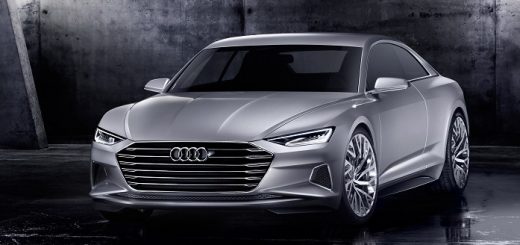
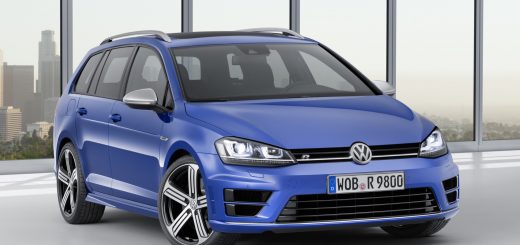
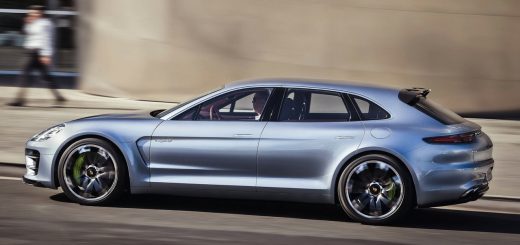
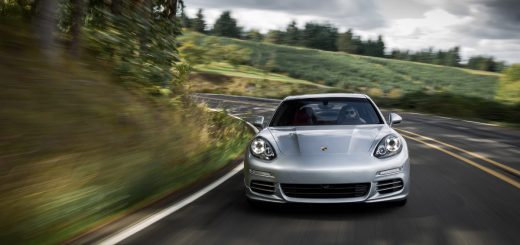
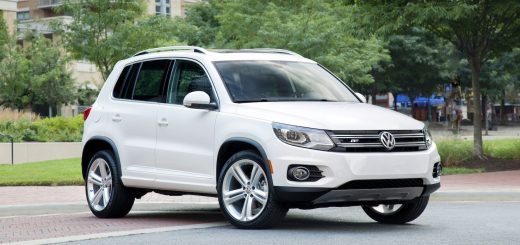






Comments